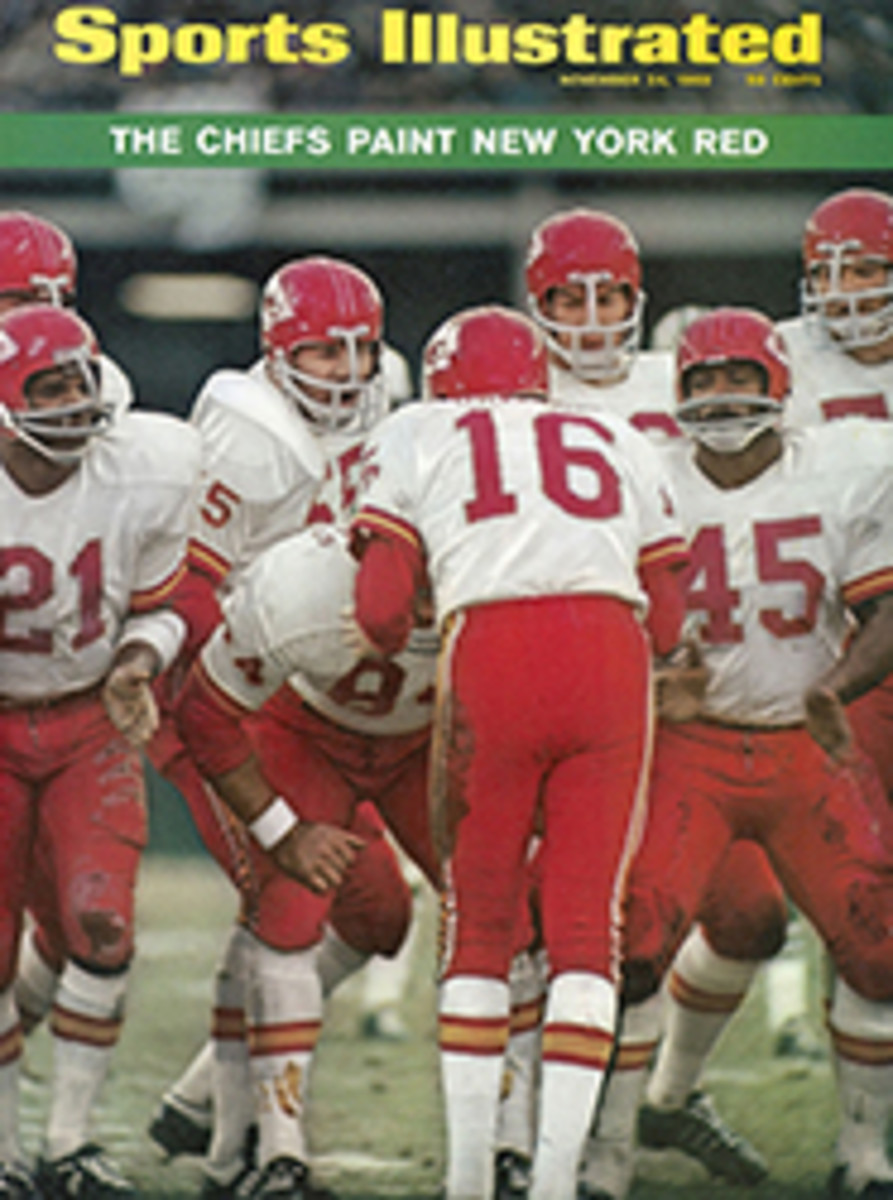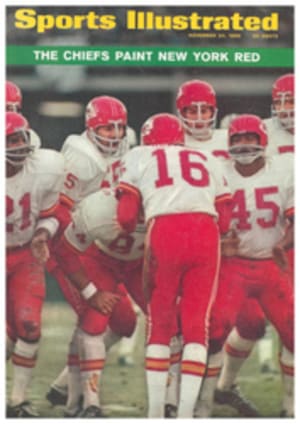
A handsomely pictorial equine history is better for looking than for reading
When it comes to printing pretty books for the parlor table, most publishers seem to favor sports car fans and yachtsmen over horsey types. Now, in a handsome, expensive ($22.50) and richly illustrated (794 pictures) volume, Crown Publishers has endeavored to even the score. They have only partly succeeded. Horses and Horsemanship Through the Ages aims to be a comprehensive encyclopedia of equestrianism, and this emphatically it is not. What it is in full measure is a lush and varied collation of pictorial material that makes the text relatively unimportant.
The pictures range far and wide. There is a Roman mosaic of a charioteer in color next to a black-and-white still of the same subject from the motion picture Ben Hur. There is a charming St. George and the Dragon from the church of San Zeno Maggiore in Verona. There is a 19th century French print entitled In Peril, and it certainly is. It shows a lady riding sidesaddle on a runaway horse. Her dog—assumed faithful—is already airborne over a cliff with horse and fair rider about to meet the same fate.
There are lovely color pages of Persian miniatures, a detail of a horse in water from a 17th century Japanese screen and truly exciting parts of late medieval and early Renaissance frescos.
It may, in view of all these nice things, be churlish to look such a gift book in its mouth. And it may further be that Luigi Gianoli's text suffers in the translation by Iris Brooks. Nevertheless, it does seem a pity that since there is text it should not first tell us something and second tell it right. American readers will instantly spot a number of errors in sections dealing with the U.S. and thus begin to suspect those sections they know less about. Their knowledge will not be increased by such brief essays as that concerning trainers. "The trainer," Gianoli writes, "is the key man in horse racing. He has to know all about horses."
But for students of the odd and the offbeat, there are a few succulent tidbits. Did you know, for instance, that in ancient Rome during the days of Theodosius a law was passed that "forbade doping, whether to stimulate a horse or keep him back"? Or that Caligula forbade the Praetorian Guard to sound its trumpets on the eve of a race so his horses would not be disturbed?
"In some lines of The Courtesan," writes the author, "Castiglione complains: 'The great lords are like that. Above all, one has to give them news of their horses...then listen, without tiring, to whatever it pleases them to say on the subject.' "
Perhaps we should do Gianoli the same favor for the sake of his beautiful book.

